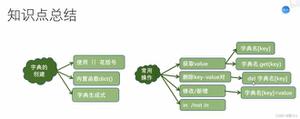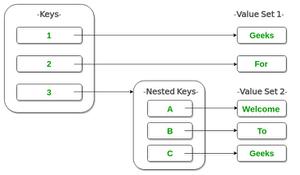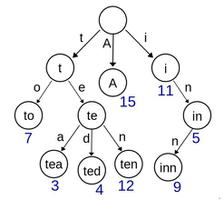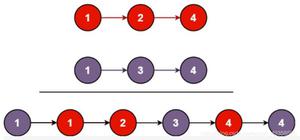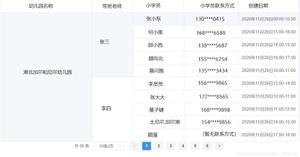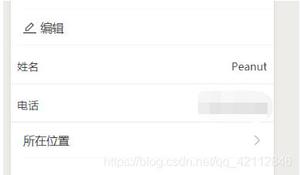python字典合并有哪些规范?

1、字典合并返回新字典,该字典由左操作数和右操作数合并,各操作数必须为dict(或dict子类实例)。如果两个操作数中有一个键,最后出现的值(即从右侧操作数的值)将被覆盖。
>>> d = {'spam': 1, 'eggs': 2, 'cheese': 3}>>> e = {'cheese': 'cheddar', 'aardvark': 'Ethel'}
>>> d | e
{'spam': 1, 'eggs': 2, 'cheese': 'cheddar', 'aardvark': 'Ethel'}
>>> e | d # 不符合交换律,左右互换操作数会得到不同的结果
{'aardvark': 'Ethel', 'spam': 1, 'eggs': 2, 'cheese': 3}
2、扩展赋值的行为与字典的update方法完全相同,支持实现映射协议(更准确地实现keys和__getitem_方法)或重复对象。
>>> d | [('spam', 999)] # “原理”章节中提到限制操作数的类型,不是字典或字典子类就报错Traceback (most recent call last):
...
TypeError: can only merge dict (not "list") to dict
>>> d |= [('spam', 999)] # “原理”章节中提到允许就地运算符接受更广泛的类型,其行为和 update 一样,接受键值对迭代对象
>>> d
{'eggs': 2, 'cheese': 'cheddar', 'aardvark': 'Ethel', 'spam': 999}
以上就是python字典" title="python字典">python字典合并的规范,希望对大家有所帮助。更多编程基础知识学习:python学习网
本文教程操作环境:windows7系统、Python 3.9.1,DELL G3电脑。
以上是 python字典合并有哪些规范? 的全部内容, 来源链接: utcz.com/z/544372.html


